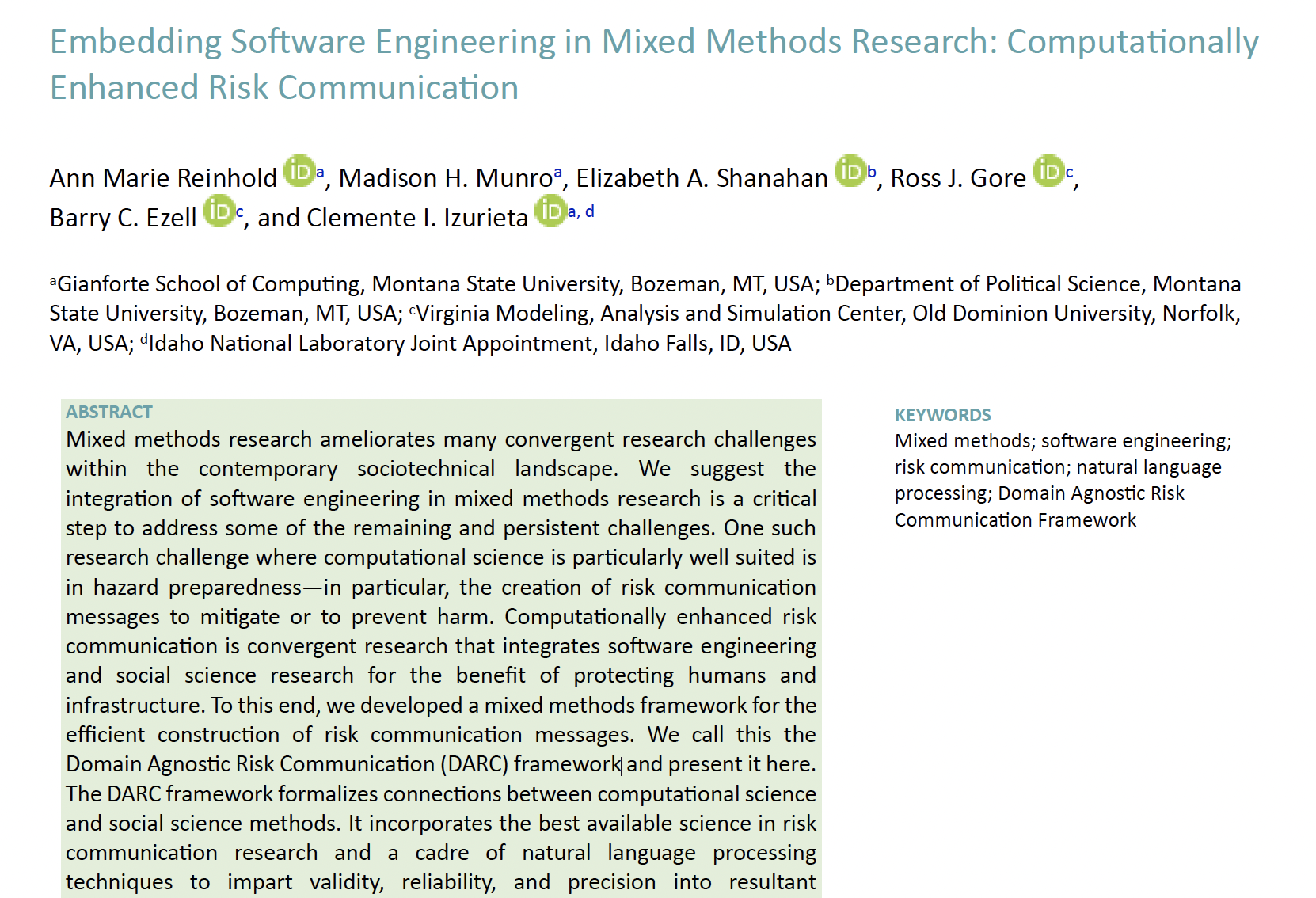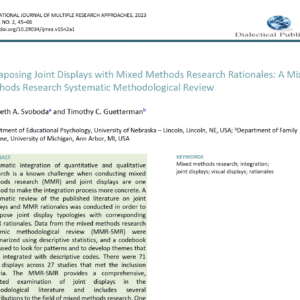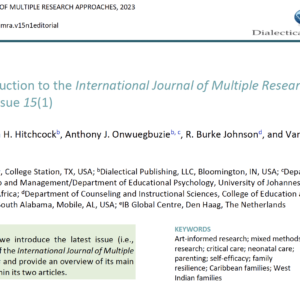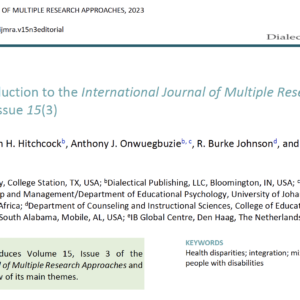15(2). 03. Embedding Software Engineering in Mixed Methods Research: Computationally Enhanced Risk Communication
$0.00
Description
[Open Access]
Authors
Ann Marie Reinhold(a), Madison H. Munro(a), Elizabeth A. Shanahan(b), Ross J. Gore(c), Barry C. Ezell(c), and Clemente I. Izurieta(a,d)
(a) Gianforte School of Computing, Montana State University, Bozeman, MT, USA; (b) Department of Political Science, Montana State University, Bozeman, MT, USA; (c) Virginia Modeling, Analysis and Simulation Center, Old Dominion University, Norfolk, VA, USA; (d) Idaho National Laboratory Joint Appointment, Idaho Falls, ID, USA
Abstract
Mixed methods research ameliorates many convergent research challenges within the contemporary sociotechnical landscape. We suggest the integration of software engineering in mixed methods research is a critical step to address some of the remaining and persistent challenges. One such research challenge where computational science is particularly well suited is in hazard preparedness—in particular, the creation of risk communication messages to mitigate or to prevent harm. Computationally enhanced risk communication is convergent research that integrates software engineering and social science research for the benefit of protecting humans and infrastructure. To this end, we developed a mixed methods framework for the efficient construction of risk communication messages. We call this the Domain Agnostic Risk Communication (DARC) framework and present it here. The DARC framework formalizes connections between computational science and social science methods. It incorporates the best available science in risk communication research and a cadre of natural language processing techniques to impart validity, reliability, and precision into resultant messages. The DARC framework is highly modular owing to the incorporation of the software engineering principles of abstraction, extensibility, and encapsulation. Although the focus of this position article is on risk communication, we encourage the incorporation of software engineering into mixed methods research and the incorporation of mixed methods more broadly into software engineering experimentation.




